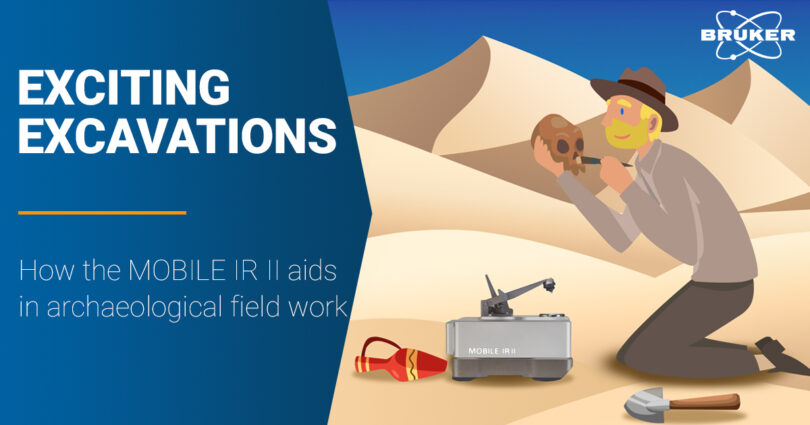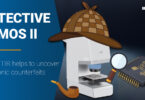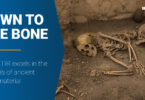Portable FTIR in Archaeology is changing archeology field work. Bruker’s MOBILE-IR II actively taking part in this – and this is how!
Over the past 100 years, archaeology has changed significantly with the advent of advanced machinery and technology. In the old days excavations depended heavily on manual labor and basic tools, restricting the depth of analysis.
Today, archaeologists employ sophisticated equipment such as ground-penetrating radar, drones for remote sensing, and advanced analytical tools in the lab. These innovations enable precise artifact analysis and detailed reconstructions of past environments.
The integration of these technologies has revolutionized archaeological research, vastly improving efficiency, accuracy, and the scope of potential discoveries. Thus, allowing archaeologists to uncover and understand aspects of ancient cultures that were previously beyond reach.
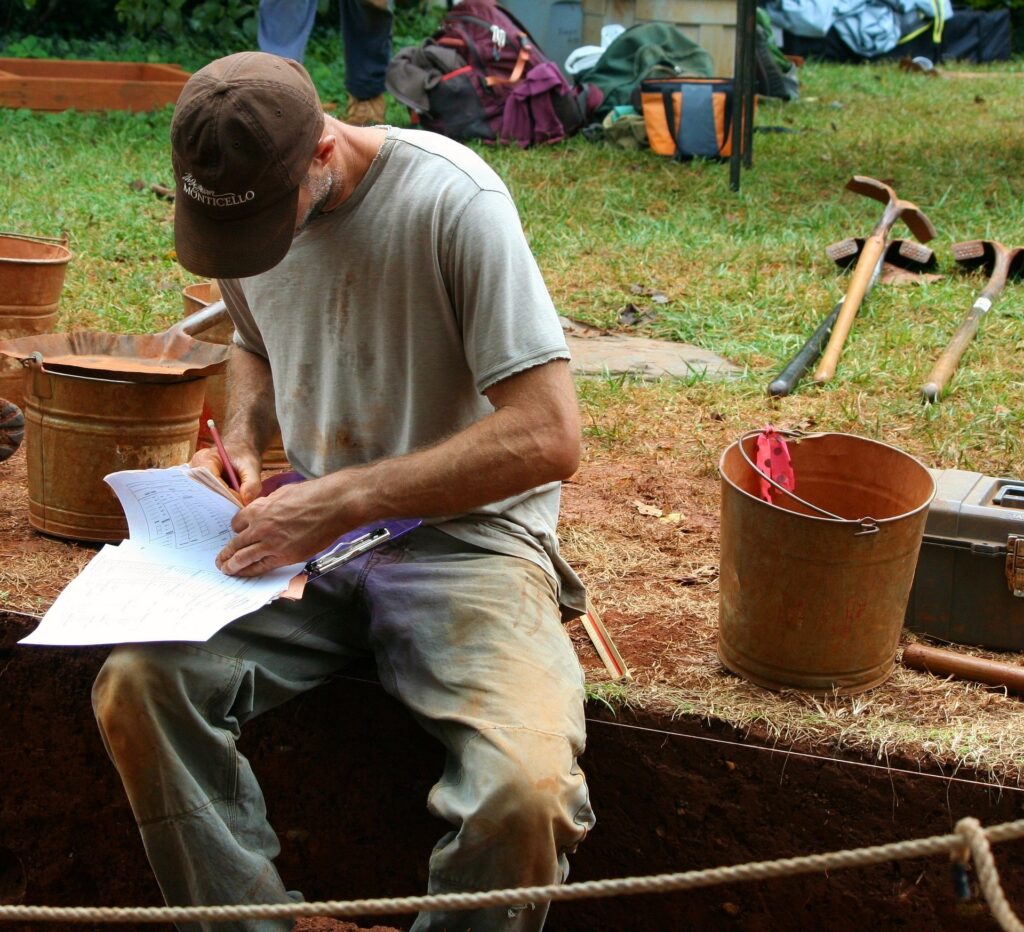
FTIR – Another “Rosetta Stone” ?
Among these innovative tools, FTIR spectrometers stand out for their versatility and precision. They have significantly enhanced laboratory analyses, providing archaeologists with immediate, non-destructive insights into the composition of materials.
For the most part, however, archeologists have to depend on excessive field work to find out more about ancient cultures. But have you ever tried to take a bulky and sensitive analytical device to an excavation site? Probably not.
First, it would definitely exceed the budget; second, it might break under adverse conditions; and third, what about the electricity or liquid N2?
Well, what if I told you that there is a device that is compact, easy to transport, very robust while still delivering lab grade data and that works with a battery!
That’s the MOBILE-IR II!
MOBILE-IR II: much more than just a “portable” FTIR
No matter where your excavation site is, the MOBILE IR II offers lab-grade performance, anywhere. You can transport it from the lab to the excavation site and back in its robust carry-case and start working right away.
Through its cryogen-free MCT detector and RockSolid™ interferometer, it delivers fast, reliable results with exceptional spectral quality. This not only allows for a quick analysis of artifacts, but the collected data can also be used directly for publication.
And that “immediate” identification might be crucial in time-sensitive excavations. Especially when decisions need to be made quickly about which artifacts to preserve and which to leave behind.
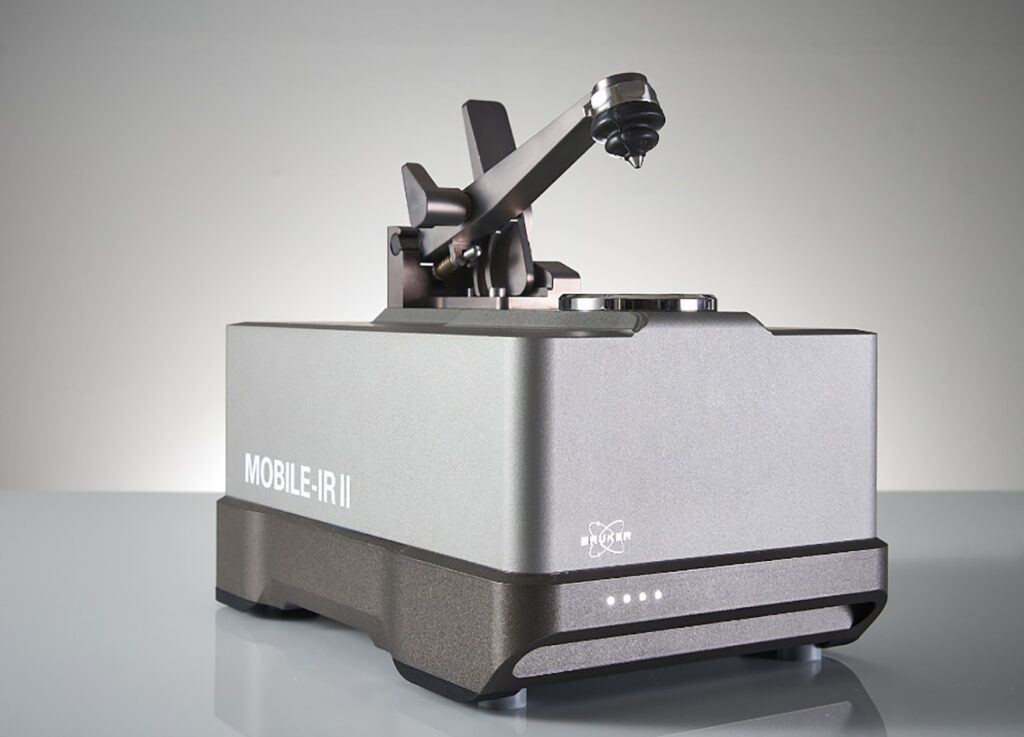
Furthermore, the non-destructive nature of the FTIR-ATR analysis ensures that valuable and fragile artifacts remain intact. This is effectively preserving the context and integrity of archeological finds. Whether dealing with pottery, bones, or residues on artifacts, the MOBILE-IR II can analyze a wide range of materials directly in the field.
And you do not have to worry about dust and rain. The MOBILE-IR II withstands harsh environments with its ingress protection for solids and water. And what about electricity? The internal high-capacity battery enables independent operation without relying on infrastructure or power grids.
Lastly, the MOBILE-IR II ensures data security by implementing robust measures, such as encryption and integration. With this it is safeguarding valuable cultural heritage, preventing unauthorized access, and maintaining data integrity throughout the research process.
Conclusion
In conclusion, the MOBILE-IR II by Bruker is not just a portable FTIR spectrometer. It is a transformative tool that empowers archaeologists to conduct high-quality analyses directly at excavation sites. This innovation bridges the gap between fieldwork and laboratory analysis, ensuring that valuable artifacts are studied and preserved with unprecedented efficiency and accuracy. By integrating advanced features and robust design, the MOBILE-IR II sets a new standard in archaeological research, making it an essential asset for uncovering and protecting our cultural heritage.
This blog is the beginning of a series of articles (#GoingOnAdventures) about exciting MOBILE IR II outdoor applications in a variety of fields. The second article in this series is already available and deals with the determination of bone quality for archaeological analysis:


